Discovering Kimberley, Northern Cape
From Diamonds To Aardwolf To Elephant Shrews. What an extraordinary place to visit!
This unforgettable trip began on the 28th August 2023. It was an easy drive totalling 675km to Kimberley. Arriving in the afternoon we contemplated a quick visit to The Big hole but decided to carry on to where we were staying at Marrick Private Game Reserve that was about 15km outside of Kimberley. We was really glad that we decided to do that as unbeknown to us our friends had arranged a very important expedition for that afternoon!
Illusive Elephant Shrew!
Upon arrival we had a quick settle in and then left to go and find the Elephant Shrew. We were incredibly excited. When we arrived at the shrews hideout we sat very still and waited. We looked high and low! Every little sound caught our attention and we tried to find where it was coming from. All of a sudden the guide said look and pointed to a rock. But we were too slow. This little guy was just way too clever and fast for us.I then decided to change my position and sat dead still. Then all of a sudden I saw movement from the rock and there it was! The illusive elephant shrew! Quickly I snapped a picture! Then I saw another! They were very fast and shy. We thoroughly enjoyed ourselves. What a fabulous time spent watching this incredible little creatures! What a brilliant start to a short holiday.
At Marrick Private Game Reserve they offer something very unique that you could say is a once in a lifetime experience. The night drives they offer are spectacular and you have a very successful percentage of seeing Aardwolf, Aardvark, Bat-eared fox, African wildcat, Black-footed cat, porcupine and many other species. In winter months you need to seriously have extra warm clothing! It was bitterly cold!
Our fist night out I think I will remember for the rest of my life. What an experience! it wasn't long and we saw an Aardwolf. I don't think I have ever seen one in the wild before. It just stood in the road watching us.
That night was saw 3 (three) Aardwolf, a Bat-eared Fox and an African wildcat. I never dreamt that I would see as many Aardwolf as we did.
The Big Hole
The next day we decided to visit the Big Hole and learn about the history behind this fascinating town and its diamonds.
Arriving at the Big hole you will find parking opposite the "old town". Walk under the road to the visitors centre and there you can buy tickets to enter. I would recommend the tour. It is wheelchair friendly and the cost is as follows:
Adult - R100
Child - R60 (4 to 12 years)
Family of 2 Adults and 3 children (4-12 years) - R320
Pensioner - R80 only Mondays
Student -R80 ( bring student card)
Kimberley is one of the most unique and authentic historical destinations in South Africa, because of the Kimberley diamond mine, which occupies a surface of 17 hectares, 463 meters wide, for a depth of 240 meters, and is used to be active since 1817 to 1914. The Big Holes is considered for one of the deepest cavities excavated by man with a depth of 200 m2 ( https://thebighole.co.za).Diamonds found in the Kimberley area had been formed in vertical pipes and through years of erosion they came to the surface. During the diamond rush five massive holes were dug along these kimberlite pipes. The biggest of all these holes was the Kimberley Mine. By depth of 1,097m and had yielding some 3 tons of diamonds.

After visiting the mine you can walk through the "Old Town". It was great fun and saw very interesting shops and underwear.


Mokala National Park

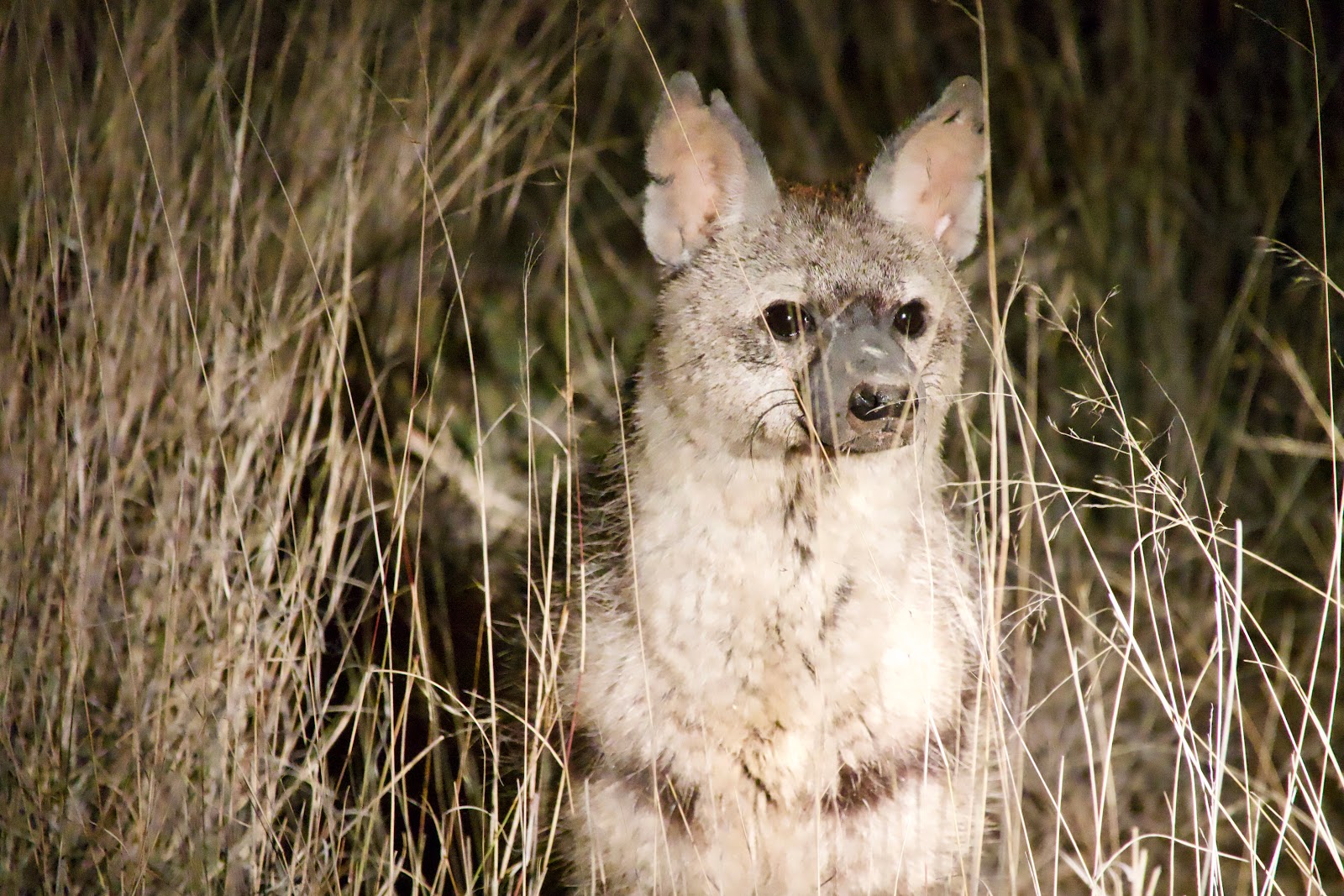

Birding of a lifetime!
African Marsh Harrier and the Chestnut-banded Plover occur at Kamfers Dam. the dam also occasionally holds large numbers of Black-necked Grebe and the South African Shelduck.





























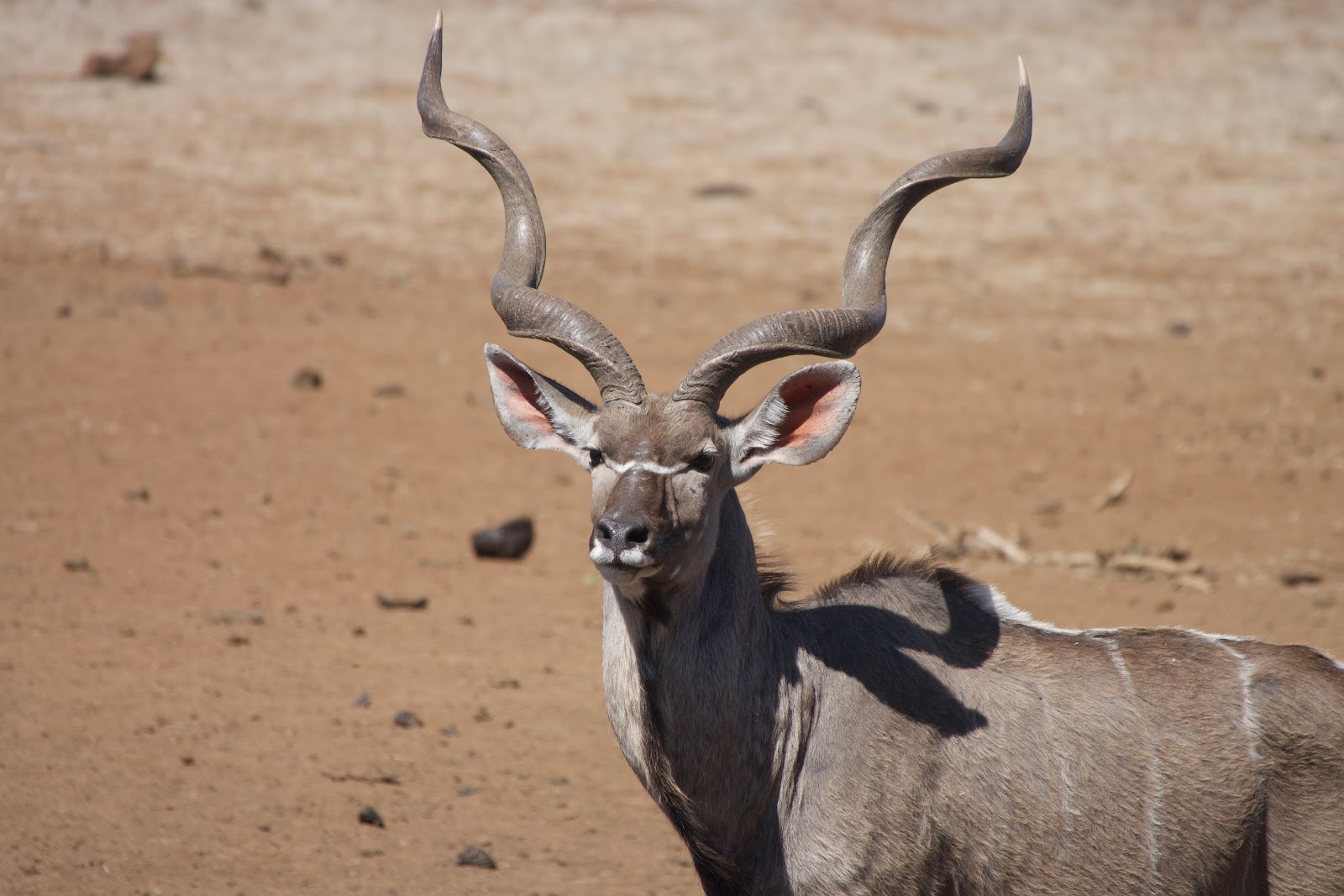


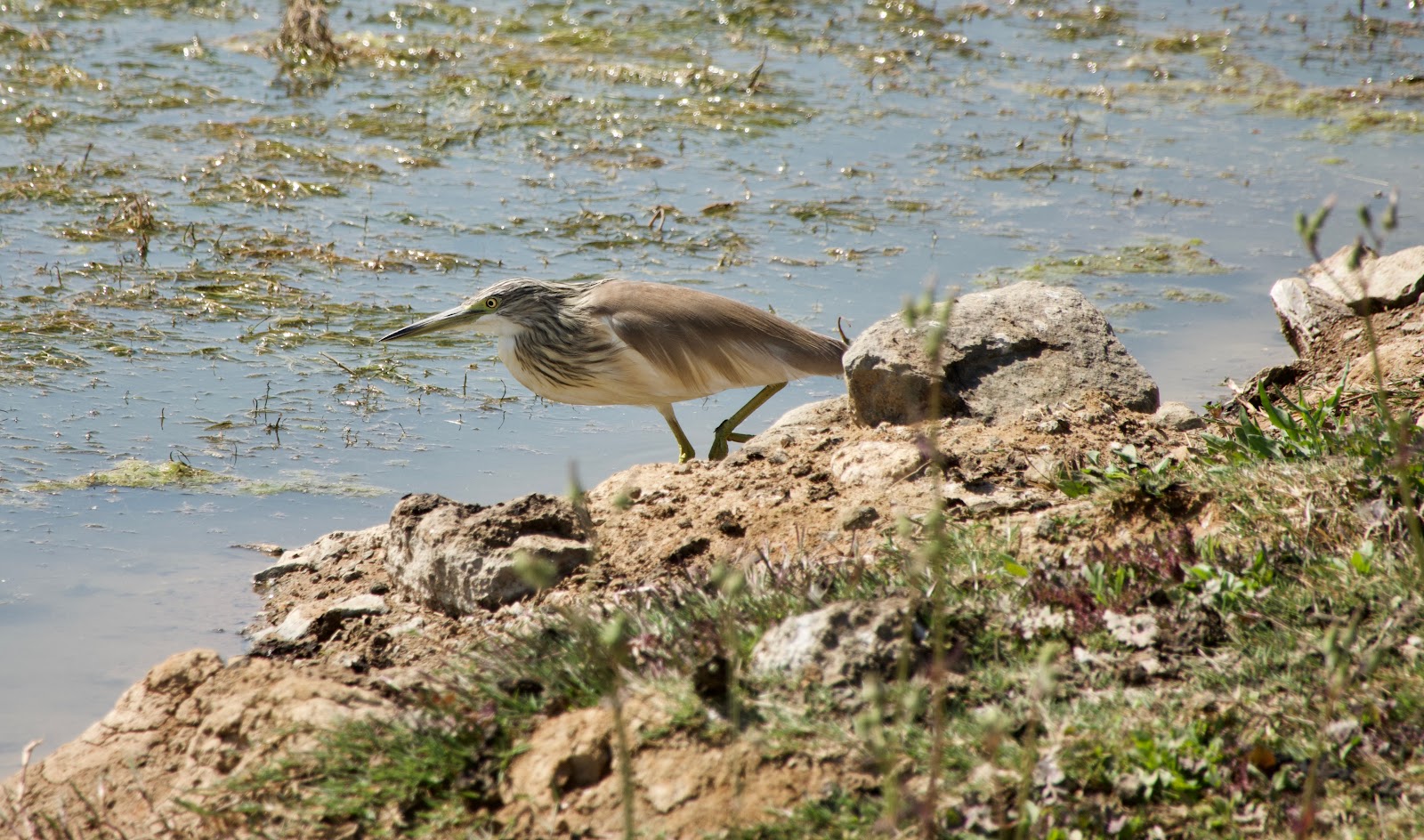



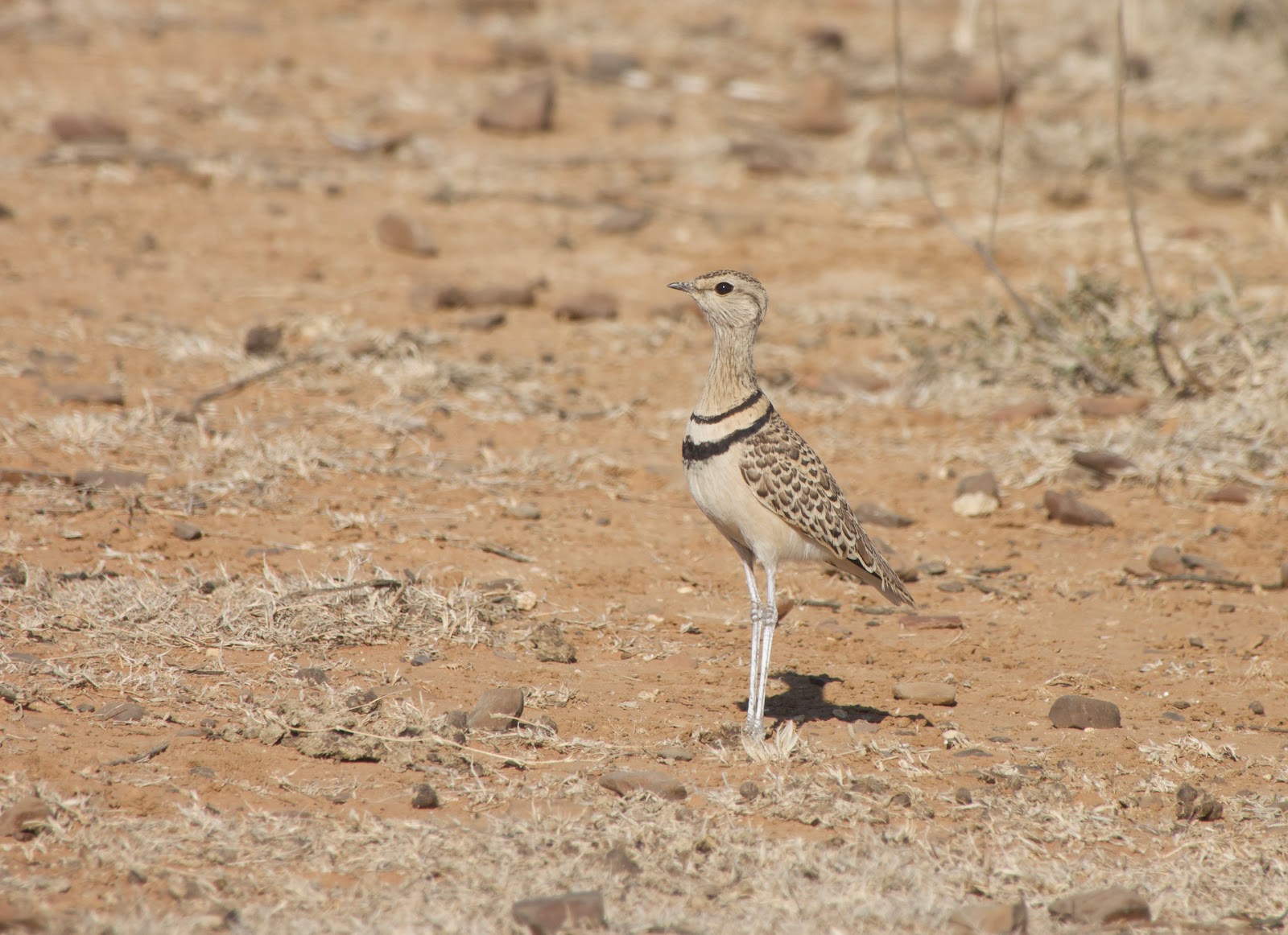




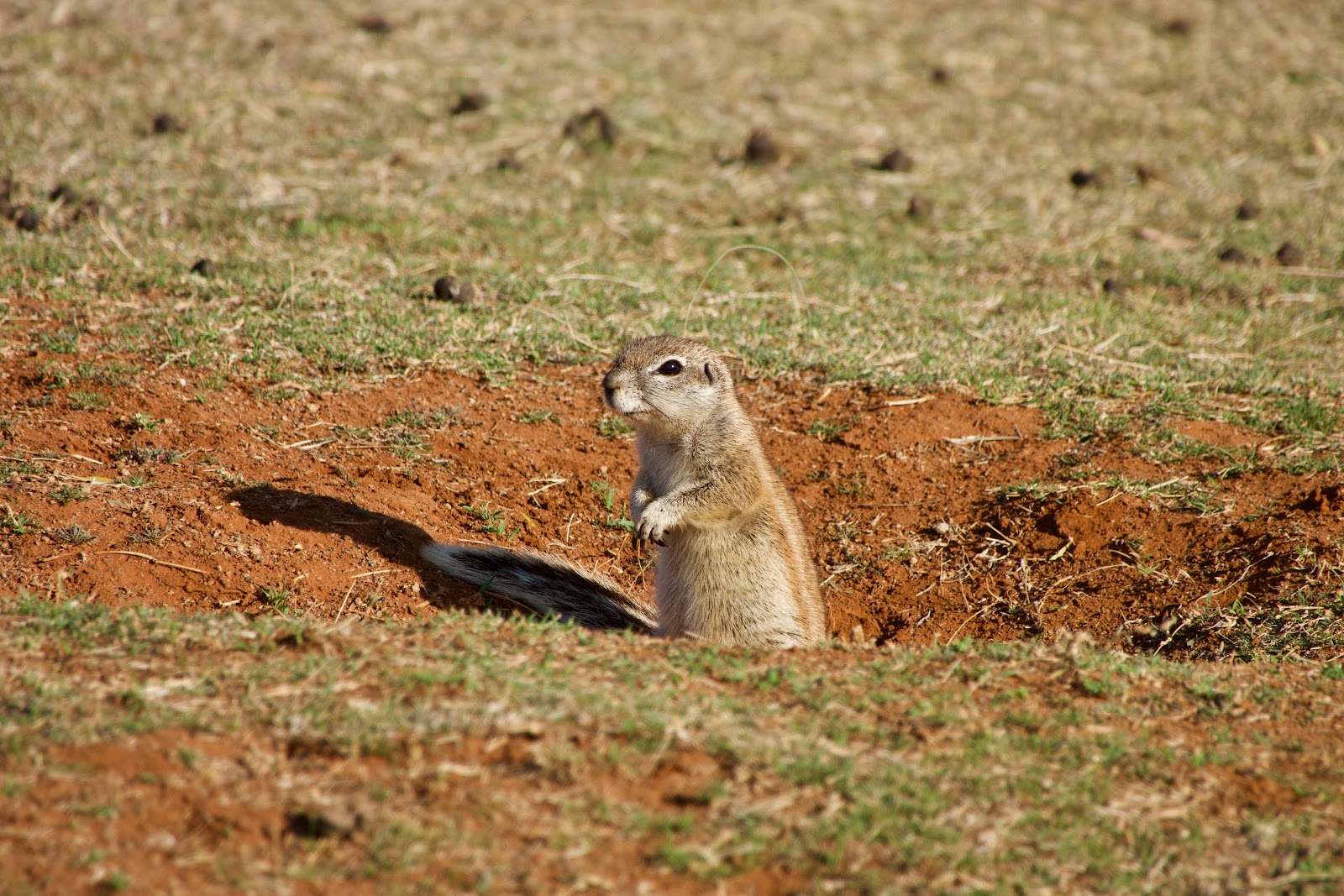
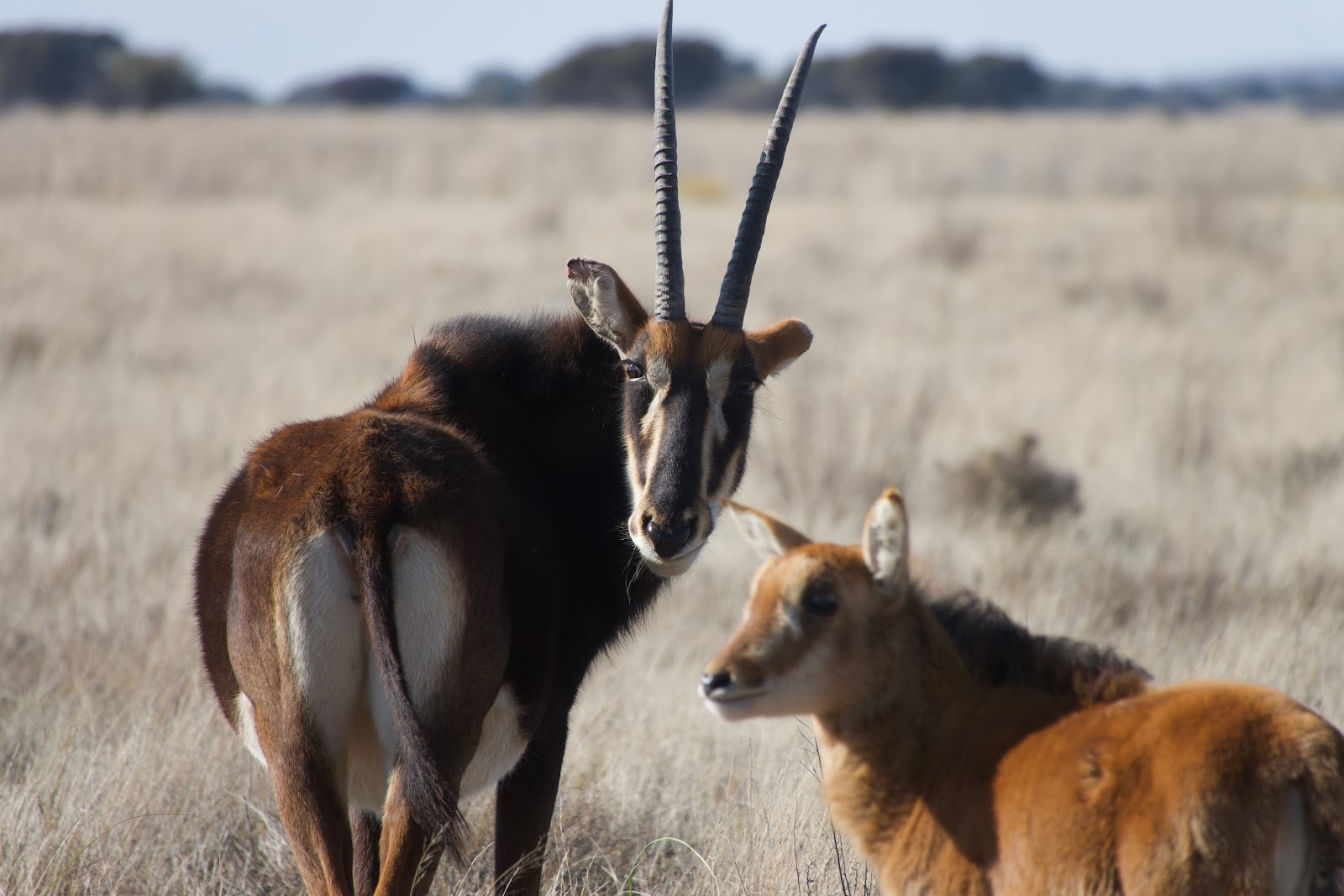


Comments
Post a Comment